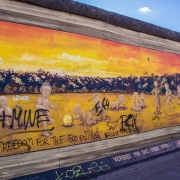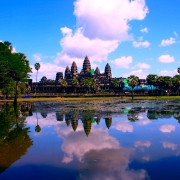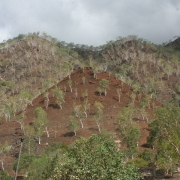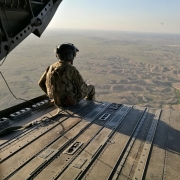Origins of the Cold War – Cartoon Analysis
In this article, we will be examining a series of illustrative cartoons that reflect the diverse interpretations of the Cold War. As the GCE A Level History examinations (both Paper 1 and Paper 2) feature visual- and text-based sources, we believe that this article will be useful in prepare students thoroughly.
Today, we will be focusing on the first part: The Emergence of Bipolarity (also known as the Origins of the Cold War).
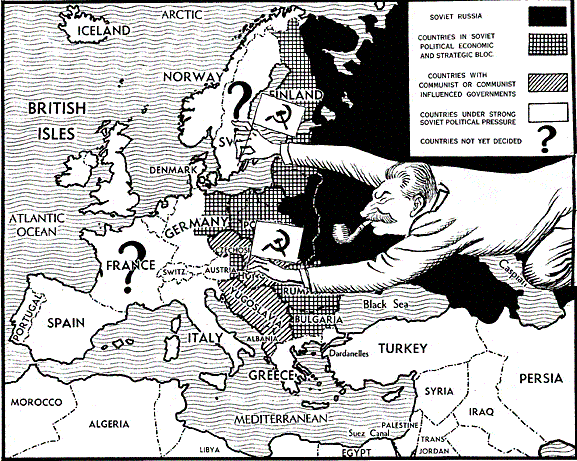
It depicts Stalin’s attempts to extend Soviet control beyond Eastern Europe, reflecting the concerns over the growing ideological threat that necessitates an urgent response by USA. Pay attention to the use of ‘question marks (?)’ , which hints at his intentions in Western Europe.
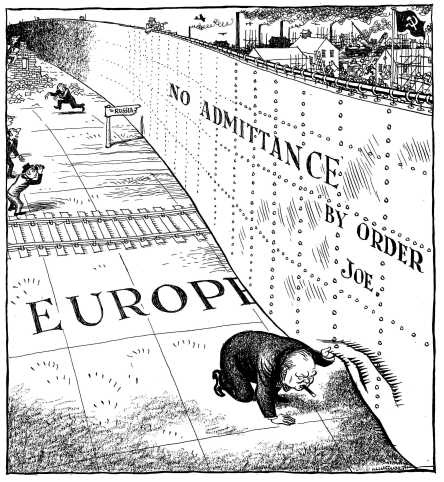
The cartoon was published in the UK Daily Mail after Winston Churchill gave his historic ‘Iron Curtain’ speech. It depicts Churchill attempting to lift the ‘Iron Curtain’ to view what is taking place within the Eastern Europe.
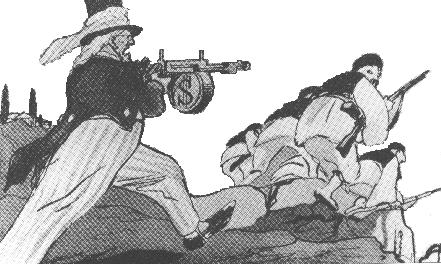
It depicts USA (‘Uncle Sam’) holding a weapon that represents the Marshall Plan (dollar ‘$’ sign) that is pointed at the Greek communists. Following the US Congress’ approval of the Truman Doctrine.
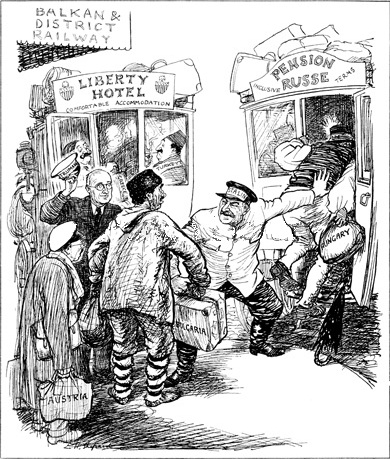
The cartoon was published in a British magazine, focusing on the competition between the USA and Soviet Union in battle for global supremacy. Notice the gestures of Truman (bespectacled man on the left) and Stalin (a more aggressive man on the right).
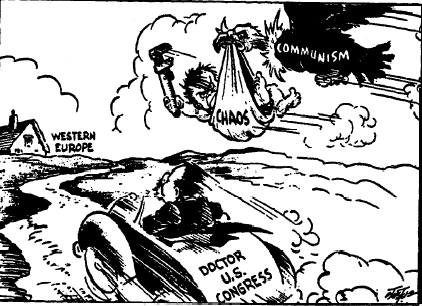
The cartoon was published in an American journal, depicting Soviet communism (eagle) as a harbinger of chaos (baby). In contrast, the American Congress (doctor) is rushing to Western Europe to provide economic aid (Marshall Plan) to fight chaos (mentioned during George Marshall’s Harvard address in June 1947).
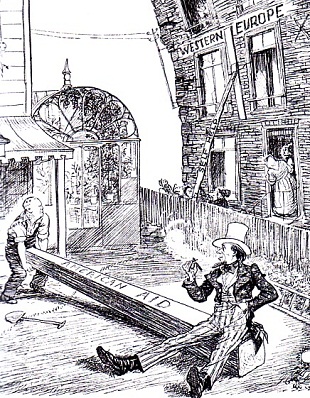
Cartoon published in British magazine to portray USA (Uncle Sam) as a generous nation that offers economic aid (Marshall Plan) to the crumbling Western Europe
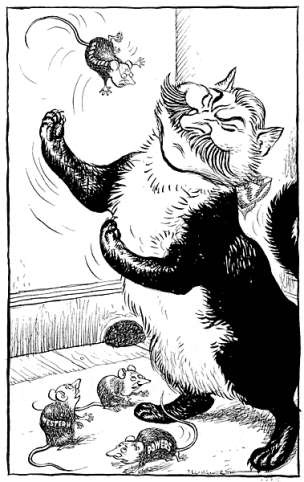
The cartoon was published in UK Daily Mail during the Berlin Blockade. The key subject clearly is Stalin (cat), who is toying with the Berlin people (mouse in the top part). In contrast, the other three mice on the ground represents the Western Powers, which are in danger as well.
Are you familiar with these sources?
Preparation is vital. After examining these visual-based sources, it is imperative that you refer to practice questions, such as your school materials, to assess your knowledge competency. Reading alone is inadequate in preparing you for the rigours of the examinations as the factual information may lack the argumentative perspectives. During the JC History Tuition, we guide students through the process of source interpretation, comparison and evaluation to raise the quality of answers.
The H2 and H1 History Tuition feature online discussion and writing practices to enhance your knowledge application skills. Get useful study notes and clarify your doubts on the subject with the tutor. You can also follow our Telegram Channel to get useful updates.
We have other JC tuition classes, such as JC Math Tuition and JC Chemistry Tuition. For Secondary Tuition, we provide Secondary English Tuition, Secondary Math tuition, Secondary Chemistry Tuition, Social Studies Tuition, Geography, History Tuition and Secondary Economics Tuition. For Primary Tuition, we have Primary English, Math and Science Tuition. Call 9658 5789 to find out more.

